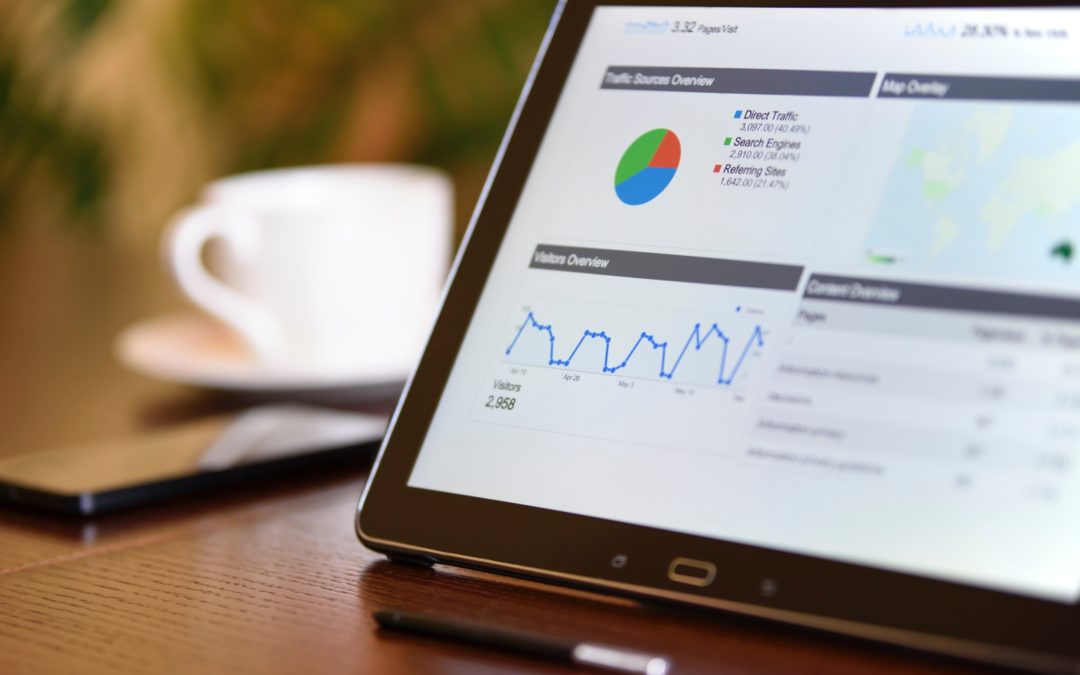Google Analytics (“GA”) is a treasure trove of information, and for most small to medium sized businesses the free version has the capability to process all your data needs.
However, our experience has shown that not all companies are using the tool to the best of its ability. Metrics are key for start-ups, while they are still in the phase of honing their offering and getting to know the behaviour of their target market. When properly analysed, the data available on GA can be a catalyst for positive change in your business.
For this reason, we’ve compiled a handy training guide to ensure you are making the most of this brilliant reporting tool. For the next few weeks, we’ll focus on a specific function of GA and look at how you can best utilise it. From day to day training, to planning ahead, Google Analytics is a vital tool for every business. This week, we look at the homepage and all the information that can be viewed at a top line level. For busy founders and directors, this is the place to look.
The Homepage
The homepage provides a great overview of how your business is trading. With real time updates you can keep track of the number of active users, how much revenue your site has driven as well as the time of day your users tend to visit. But all of this information is useless if you do not act on it, and this is where the real use of GA comes in. It is beneficial to check the homepage on a daily basis, to spot emerging trends and be able to react quickly.
One of the huge benefits of owning your own business is flexibility. If you notice there is a higher amount of active users than usual, it is vital to maximise the pages they are looking on. If you spot a page with a high bounce rate you can check to see that everything is working and fix a problem straight away. If you notice a product selling well, you can push it higher up the page to maximise its sales.
The homepage also allows you to track the device people are using to view your website. Mobile browsing is the fastest growing segment of e-commerce, however most businesses design their website for desktop usage. For this reason, conversion rates are often low for mobile shoppers and there is a higher bounce rate. The home page also shows you where you customers are located and the time of day they are visiting your site so you can better understand your market, and identify areas into which you may need to expand.
Whatever the opportunity you spot, or problem you come across, it is vital to act fast, and to maximise the potential of your business. But it is also important to dig deeper, and this is where our upcoming guides will come in. GA is a versatile tool in its ability to allow you to specify the period of time you are looking at. The daily view allows you to spot opportunities and fix problems immediately, whereas the month by month overview allows you to look for trends and amend strategy as a result. When you are starting out, and don’t have a team of dedicated analysts, it is vital for everyone in your organisation to have access to metrics and understand how to act on them. From marketing to sales, operations to e-commerce, there is data on GA that is relevant to all.
From bigger projects, like building a marketing strategy for an untapped market, to immediate actions like fixing a broken link on a page, the homepage provides a top line overview and is a key tool for any founder. By their nature, entrepreneurial businesses are often very small. This means everyone gets stuck in and needs to have a solid understanding over the business and how it is performing. The agility of your business is what sets you apart from other more established organisations. However, you can only react if you understand how customers are interacting with your website.
Stay tuned for in-depth tips and tricks on how best to use this tool, in order to maximise sales and outperform the bigger, less agile corporations against which you may be competing!
Until next week!


Recent Comments